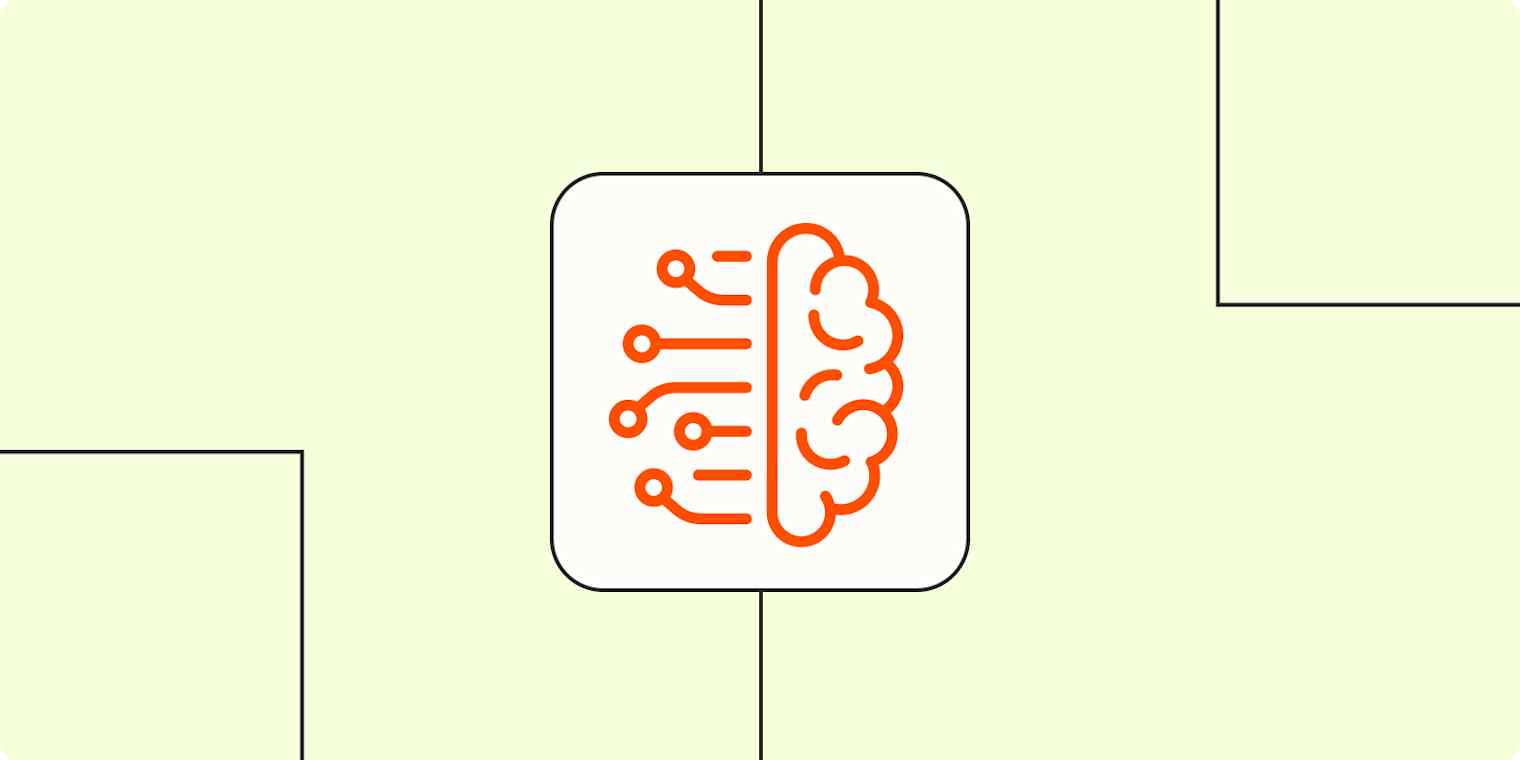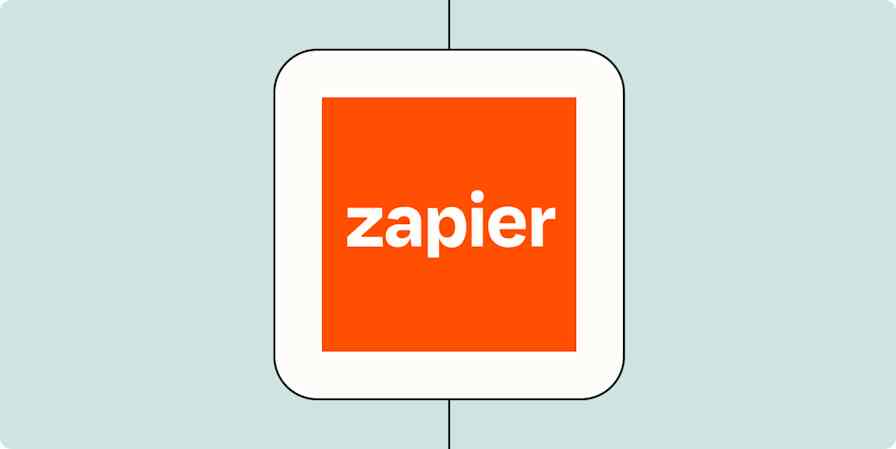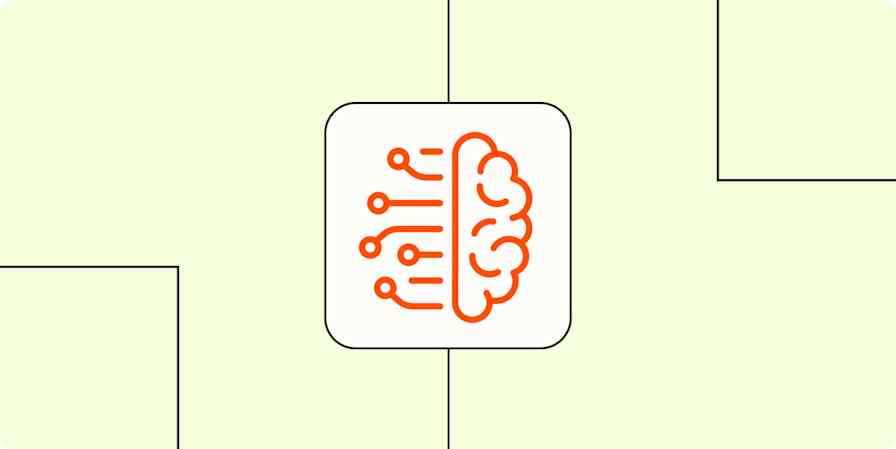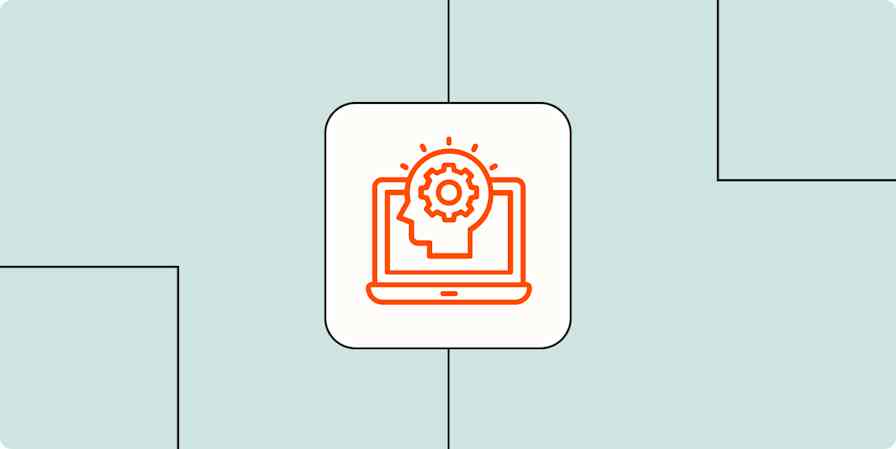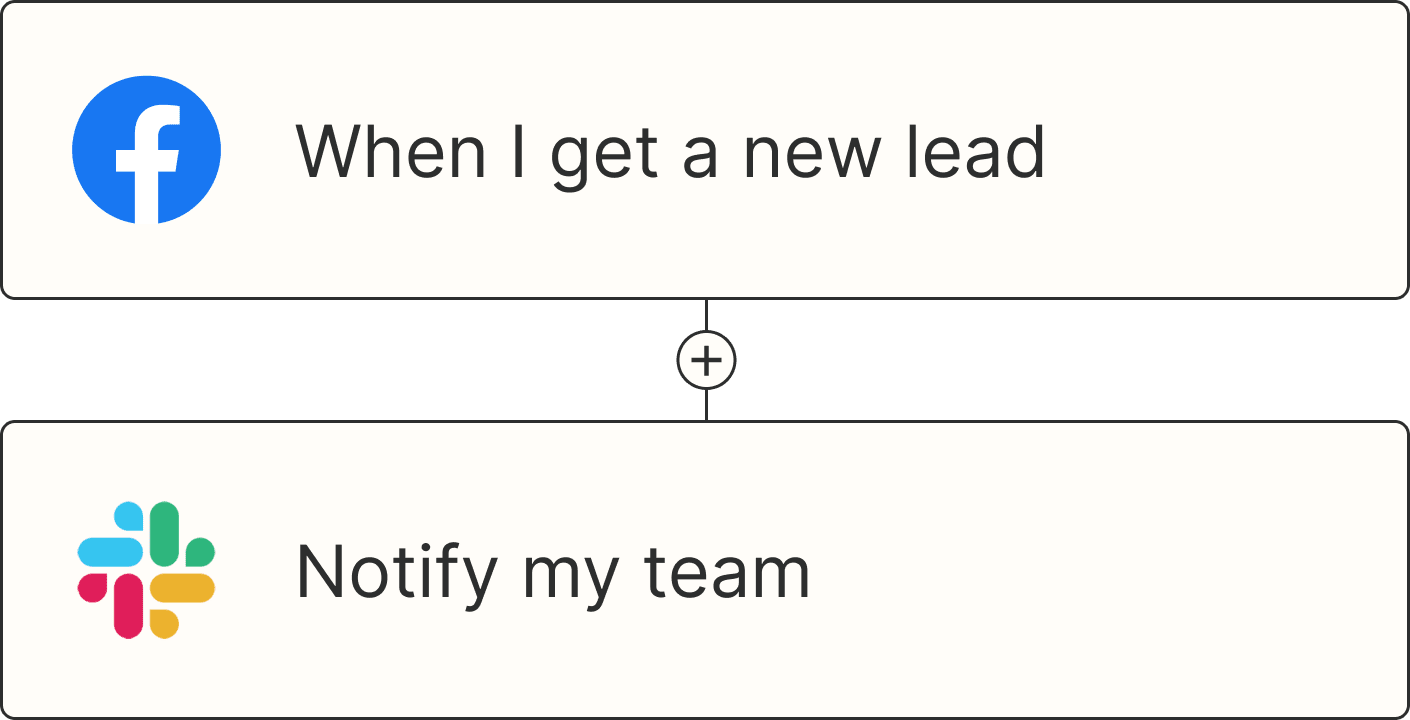Large language models were running the AI show before we even knew there was a show. But now they're sharing the stage with a whole cast of overlapping technologies that can do everything from writing an email to generating a movie trailer.
That overlap means a lot of confusion about the AI terms we use. I'm nothing if not overly concerned with semantics, so here, I'll tease apart the difference between large language models (LLMs) and generative AI.
Table of contents:
LLM vs. generative AI
Generative AI is any AI that can create content (no matter the type); LLMs are the models that power the text-based parts of generative AI.
That's that, but let's get into the details a little more.
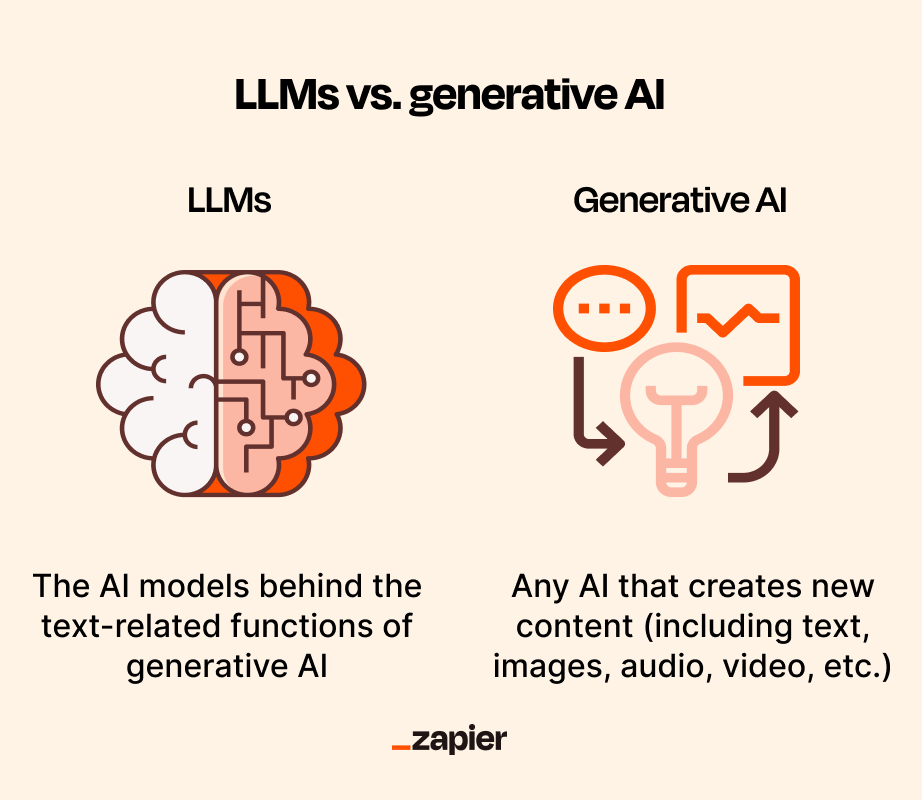
What is a large language model (LLM)?
A large language model is an AI system designed specifically to handle text. It's what powers tools like ChatGPT, Google Gemini, and Claude. If you've ever typed a question into a chatbot or used an AI tool to summarize meeting notes, you've interacted with an LLM.
At its core, an LLM takes a prompt and generates a response. It doesn't search for prewritten answers—it predicts what text should come next based on patterns it's learned from massive datasets that include books, articles, code, and basically the entirety of the internet. That's what makes it flexible enough to handle all kinds of writing, editing, and communication tasks.
But LLMs go beyond simple text prediction. They can reason through multi-step problems, translate between languages (including programming languages), and maintain context over long conversations.
Some of the latest AI developments come from reasoning models: a kind of LLM trained to take its time. Instead of replying instantly, these models "think aloud," breaking problems into smaller steps using a process called chain-of-thought reasoning.
One last thing to note: some AI models are trained to process more than just text—they're trained on and can generate images, audio, or video, for example. Those models are technically called large multimodal models (LMMs), but lots of folks still refer to the whole bunch as LLMs.
What is generative AI?
Generative AI is the broader category. It includes LLMs, but also a lot more. It refers to any AI system that can generate new content, whether that content is text, images, audio, video, presentations, apps, websites—the list goes on. If it's generating something with AI, it's generative AI.
But even when AI is creating more than just text, LLMs still power the text-based features—including the very crucial part where it can understand your prompts.
How LLMs fit into the generative AI landscape
If you think of generative AI as a toolbox, LLMs are the most versatile wrench in the set. (To be clear, I've never used a wrench, so take my analogy with a grain of salt.)
LLMs generate and manipulate text, which is the foundation of most other generative tasks. When you combine them with models that handle images, video, or audio, you get multimodal systems capable of producing richer, more integrated outputs.
For example, an AI website building app might use:
An LLM to understand your prompt
An LLM to draft talking points
An image model (or multimodal model) to generate custom visuals
A video model (or multimodal model) to add videos
Each piece is generative AI—but only the text portion relies on an LLM.
Put LLMs and generative AI to work
Generative AI is transforming how we work. And Zapier lets you pull the power of LLMs and other generative AI directly into your daily workflows, so your AI tools don't just create content, they take action. With Zapier's AI orchestration platform, you can connect LLMs to the apps you already use, automate repetitive steps, and build custom AI agents that think, decide, and do.
Learn more about Zapier's AI orchestration, or start building AI-powered systems that move your work forward.
Related reading:
